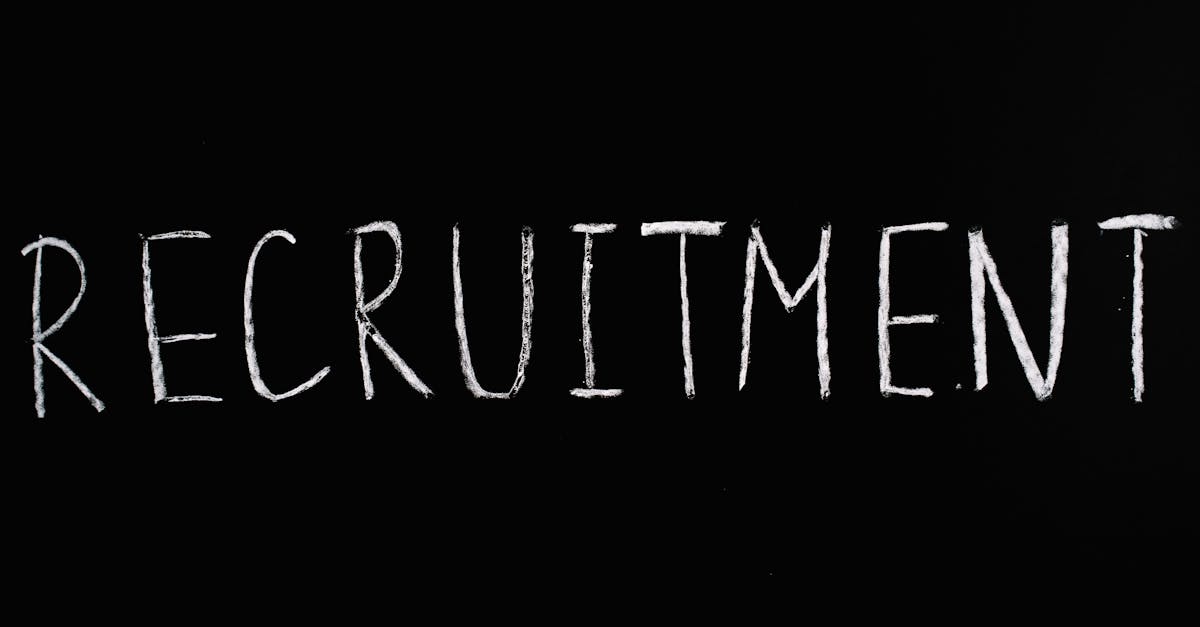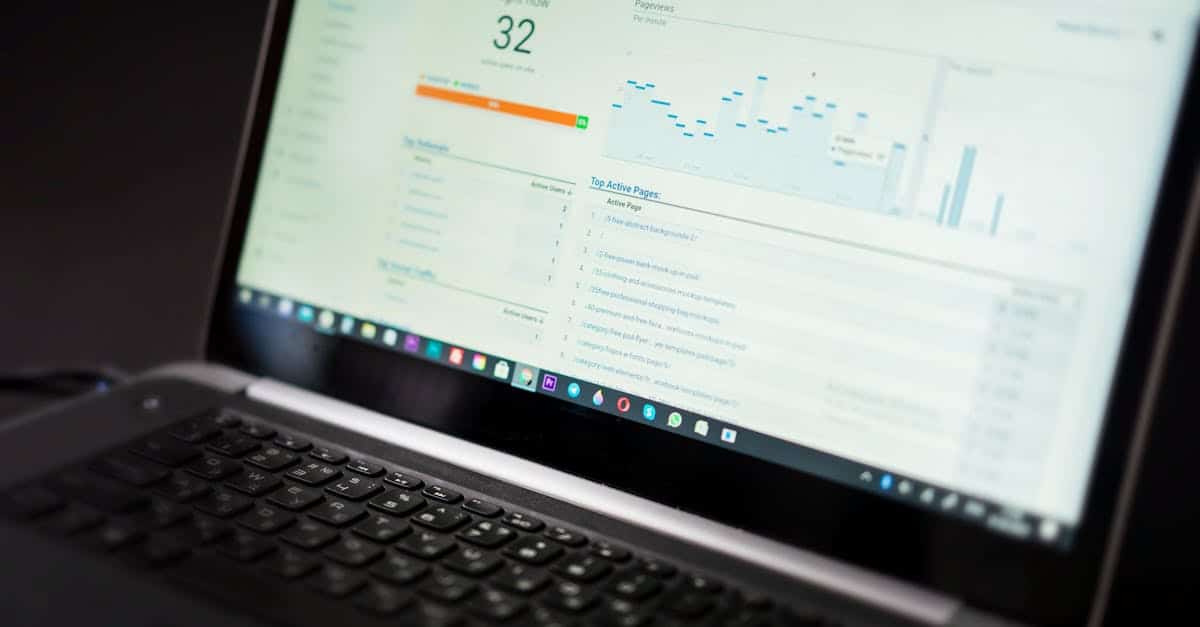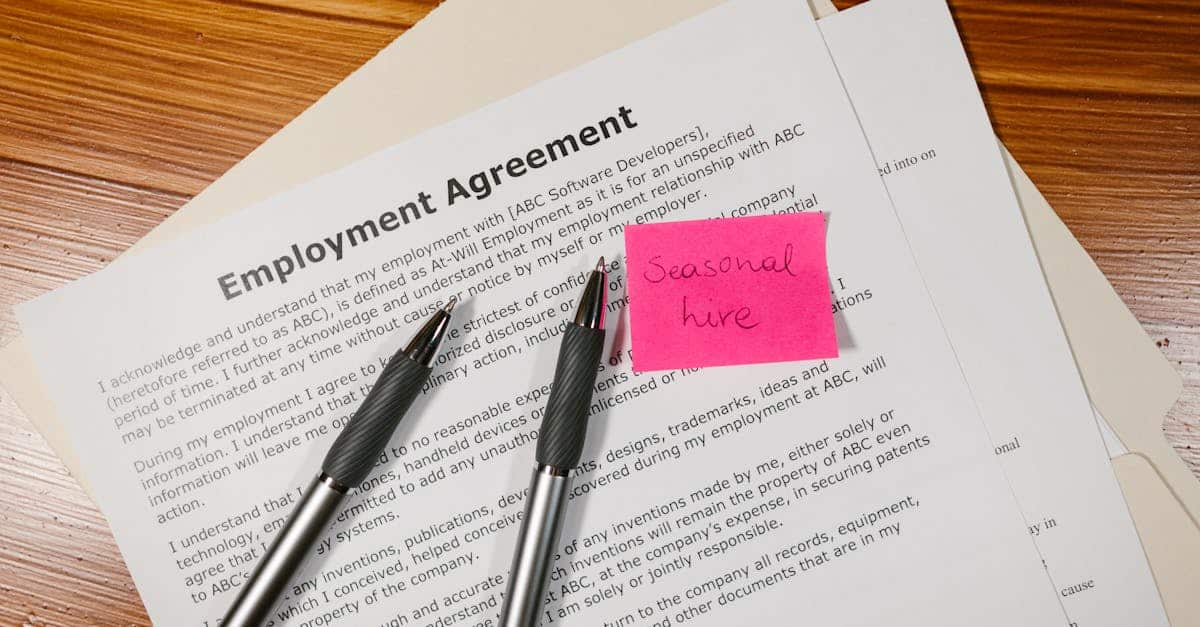
Introduction
Make day one actually day one. When offer letters sit unsigned, paperwork gets lost and laptops arrive late, new hires stall before they’ve started — and HR spends hours firefighting instead of scaling the business. Preboarding automation turns accepted offers into Day‑1 readiness by using document automation (templated offers, e‑sign, and conditional workflows) to push completed paperwork, benefits enrollment, checklists and IT provisioning automatically — reducing no‑shows and shrinking time‑to‑productivity. In the sections that follow you’ll find the high‑impact workflows to automate (offers, paperwork, benefits, equipment), the integrations that matter, template‑driven playbooks, compliance and privacy checks, and a practical step‑by‑step rollout so your HR onboarding becomes repeatable, auditable and measurable.
What is preboarding automation and why HR teams need it now
Preboarding automation is the set of automated workflows and templates that take place between offer acceptance and day one. It’s a subset of HR onboarding focused on eliminating manual handoffs for tasks like documentation, benefits setup, and equipment provisioning.
For HR teams managing employee onboarding at scale, preboarding automation converts a fragmented hr onboarding process into a repeatable, measurable sequence. That means fewer manual errors, fewer no-shows, and faster time-to-productivity for new hires.
Why act now
- Competitive hiring market: New hire onboarding must be fast and polished to win candidates.
- Scale without extra headcount: Automation reduces routine work as hiring grows.
- Better candidate experience: Automated reminders and clear next steps raise acceptance and retention.
- Measurable outcomes: You can track onboarding metrics and hr onboarding KPIs from day one.
Key preboarding workflows to automate: offers, paperwork, benefits enrollment, equipment requests
Start by automating the high-impact workflows that most commonly block new hires.
Offer letters and acceptance
Generate and e-sign standardized offer letters to reduce turnaround time. Use templates to populate compensation, start date, and role details automatically; see a ready offer template here: https://formtify.app/set/job-offer-letter-74g61.
New-hire paperwork and agreements
Automate employment agreements, tax forms, and any role-specific documents so they’re delivered, tracked, and stored securely: https://formtify.app/set/employment-agreement-mdok9.
Benefits enrollment
Trigger benefits packets and enrollment links once the offer is accepted. Send timed reminders and flag incomplete enrollments for follow-up.
Equipment and access requests
Automatically create IT tickets for laptops, accounts, and software licenses. Use conditional rules for role-based equipment so provisioning starts immediately.
Integrations that matter: e‑sign, HRIS, IT ticketing and calendar sync
Automation is only as effective as the systems it connects to. Prioritize integrations that remove manual handoffs.
Essential integrations
- E-signature: Fast signature capture for offers and agreements reduces delays and paper handling.
- HRIS / Payroll sync: Push accepted offers and completed forms into your HRIS to avoid duplicate data entry.
- IT ticketing: Auto-create tickets (laptop, network, app access) so equipment is ready by day one.
- Calendar and onboarding events: Sync orientation, manager 1:1s and training sessions into candidate calendars automatically.
Also look for single sign-on and API-based integrations so your onboarding software can act as the central orchestration layer in the hr onboarding ecosystem.
Template-driven playbook: offer letter → appointment letter → onboarding checklist automation
Use templates to create a predictable, auditable playbook that runs every time an offer converts.
Sequence example
- Offer letter: Send a templated offer and capture e-signature — example template: https://formtify.app/set/job-offer-letter-74g61.
- Appointment letter: After acceptance, auto-issue role and reporting details using an appointment letter template: https://formtify.app/set/appointment-letter-27avk.
- Employment agreement and policies: Deliver the full employment agreement and collect e-signature: https://formtify.app/set/employment-agreement-mdok9.
- Onboarding checklist: Trigger a task list for the new hire and hiring manager (IDs, benefits, training, equipment) so nothing is missed.
Templates plus conditional branching let you tailor documents (part‑time vs full‑time, contractor vs employee) while keeping a single, auditable workflow.
How to use document automation to reduce time‑to‑productivity and no‑show risk
Document automation streamlines repetitive tasks and reduces friction for new hires, which directly reduces both time-to-productivity and the risk of candidate no-shows.
Practical levers
- Dynamic templates: Pre-fill fields with HRIS data so offers, contracts, and onboarding checklists are ready instantly.
- Automated reminders: Schedule nudges for unsigned documents and incomplete paperwork to prevent last-minute dropouts.
- Conditional workflows: Branch tasks based on role, location, or visa status to ensure the right approvals and equipment arrive on time.
- Training and orientation scheduling: Link new employee training and orientation modules into the workflow to start ramp-up immediately.
Together, these reduce manual follow-up from HR and get new employees into productive workstreams faster, which shows up in onboarding metrics and KPIs like time-to-productivity and first‑90‑day completion rates.
Compliance and data‑privacy checks to include in preboarding workflows
Preboarding often touches sensitive personal data. Build compliance and privacy checks into the workflow rather than retrofitting them later.
Must-have checks
- Identity and right-to-work verification: Include I‑9 or local equivalents and ensure secure collection and conditional gating on completion.
- Background and screening: Trigger background checks as a conditional step and require explicit consent before running them.
- Data minimization and retention: Only collect what’s needed and implement retention rules tied to employment lifecycle.
- Encryption and access controls: Encrypt documents in transit and at rest. Limit document access to role-based users.
- Regulatory notices: Include HIPAA/health forms or other jurisdictional consents when relevant — example HIPAA authorization form: https://formtify.app/set/hipaaa-authorization-form-2fvxa.
Document automation tools should provide audit trails and exportable logs to support compliance reviews and audits.
Step‑by‑step implementation checklist for HR managers
Follow a practical rollout checklist to implement preboarding automation with minimal disruption.
Implementation checklist
- Map your current hr onboarding process: Document each touchpoint from offer to day one and identify manual handoffs.
- Prioritize workflows: Start with offers, paperwork, and equipment provisioning—these deliver the fastest ROI.
- Select tools: Choose onboarding software and hr onboarding automation tools that support e-sign, HRIS sync, and IT integrations.
- Build templates: Create standardized offer, appointment, and employment agreement templates: https://formtify.app/set/job-offer-letter-74g61, https://formtify.app/set/appointment-letter-27avk, https://formtify.app/set/employment-agreement-mdok9.
- Integrate systems: Connect HRIS, payroll, IT ticketing, and calendar systems so data flows automatically.
- Pilot with a cohort: Run a short pilot, collect feedback, and measure onboarding metrics and KPIs (completion rate, time-to-productivity, no-show rate).
- Train stakeholders: Train recruiters, hiring managers and IT to use the new playbook and follow the onboarding checklist.
- Measure and iterate: Use onboarding metrics and KPIs to refine templates and automation rules—aim for continuous improvement.
Summary
Preboarding automation turns accepted offers into Day‑1 readiness by standardizing offer letters, e‑sign, conditional workflows, benefits enrollment and IT provisioning. By automating the highest‑impact touchpoints and integrating e‑signature, HRIS, IT ticketing and calendar systems, you reduce no‑shows, shrink time‑to‑productivity and create repeatable, auditable onboarding playbooks. Document automation benefits HR and legal teams by enforcing consistent language, minimizing manual errors, and providing secure audit trails — and it improves HR onboarding outcomes without adding headcount. Ready to make day one actually day one? Start building your automated preboarding processes at https://formtify.app.
FAQs
What is HR onboarding?
HR onboarding is the multi-step process that brings a new hire from offer acceptance through full productivity. It includes preboarding tasks, paperwork, orientation, training and role integration, and can be automated to reduce manual handoffs and speed ramp time.
How long should onboarding last?
Onboarding is best treated as a phased program rather than a single event: a preboarding phase (offer to day one), an initial orientation (first week), and an ongoing ramp (first 30–90 days). The exact length depends on role complexity, but many organizations track meaningful milestones through the first 90 days.
What should be included in an onboarding checklist?
An effective onboarding checklist covers offer acceptance and e-signature, completed employment and tax forms, benefits enrollment, identity/right‑to‑work checks, equipment and access provisioning, and first‑week training or meetings. Include tasks for both the new hire and the hiring manager so responsibilities are clear and nothing is missed.
What is the difference between onboarding and orientation?
Orientation is typically a short, introductory event (or series) that welcomes employees and covers policies and logistics. Onboarding is broader and ongoing, encompassing role training, cultural integration, compliance tasks and milestones that continue well past the initial orientation.
How do you measure onboarding success?
Measure onboarding with KPIs like completion rate for preboarding tasks, time‑to‑productivity, first‑90‑day goal completion, new hire retention and satisfaction scores. Use these metrics to iterate on templates, reminders and integrations so the process becomes more efficient and predictable.





